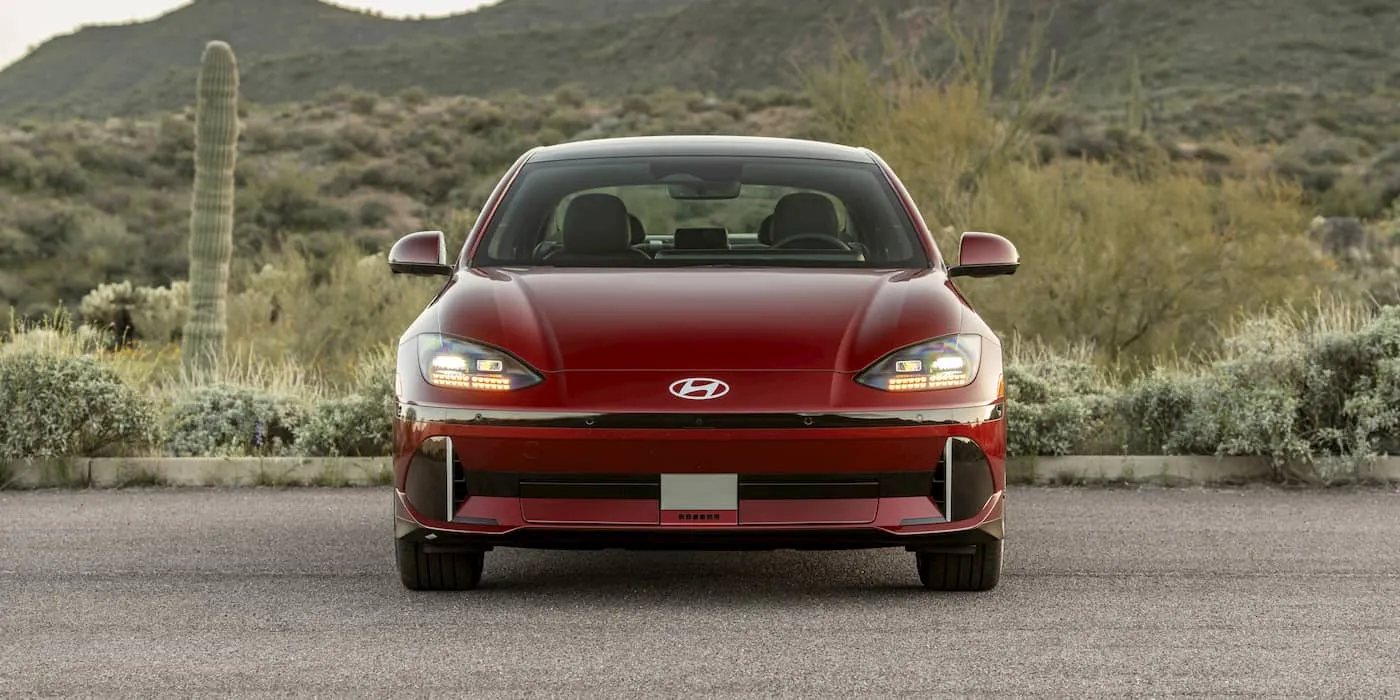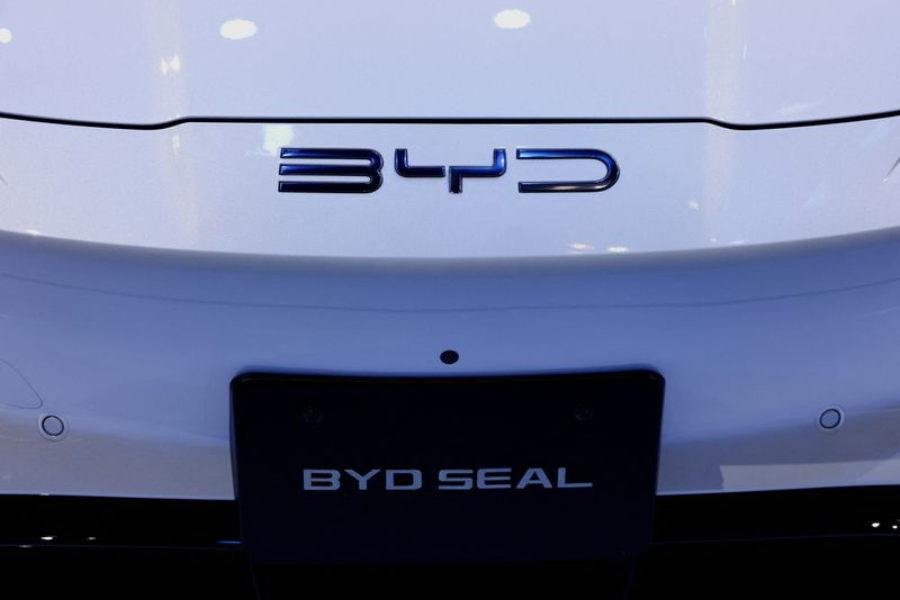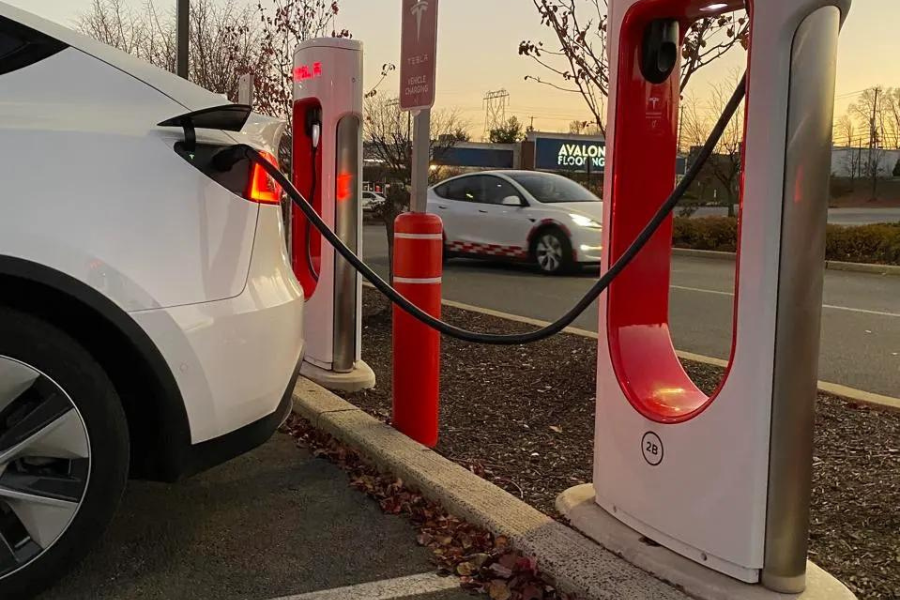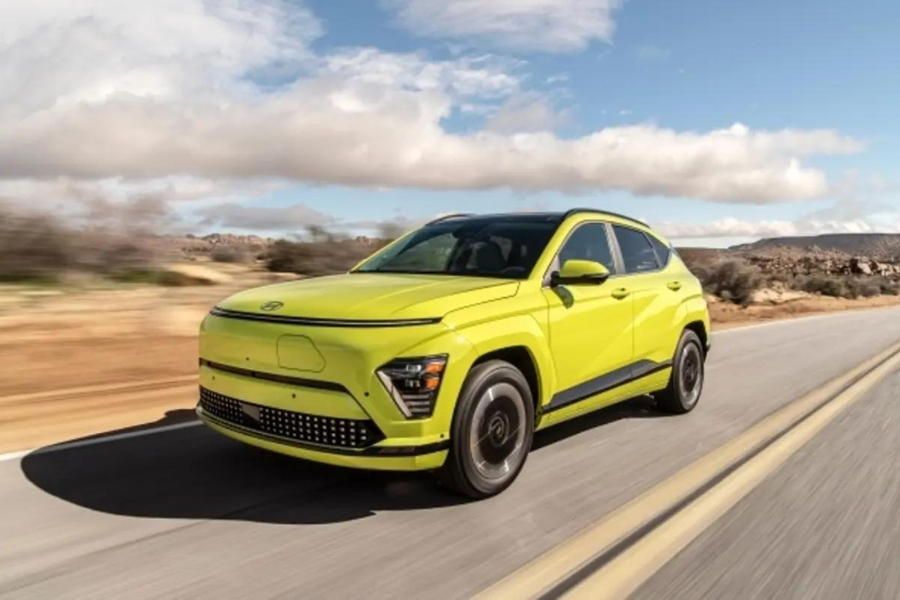Braking system is one of the most important features in every automobile. A hydraulic braking system achieves brakes in most cars and motorcycles. As the name suggests, this system works by completing braking with the help of hydraulic fluid. The hydraulic system is preferred because it has incompressible support.
This system is an arrangement of braking mechanisms that uses brake fluid and typically contains glycol ethers and diethylene glycol. It transfers pressure from the controlling mechanism (brake pedal) to the braking mechanism (brake shoes). So, how do hydraulic brakes work? Scroll down to clear your concepts and learn more.
Hydraulic Brake Motor Working Mechanism:
How does a hydraulic brake motor work? Hydraulic brakes are an arrangement of braking mechanisms in which fluid is used. Fluid transfers pressure from the brake pedal/lever to the brake shoes. The brake pedal is the controlling source, while the brake shoes are a source of braking. This pressure developed from mechanical force.
Many people wonder and inquire, do hydraulic brakes use oil? DOT fluid or Mineral oil is one of the two fluids used in hydraulic braking systems. The selection of the fluid of the hydraulic brake system in cars depends on the manufacturers, so you can’t choose one of them on your own.
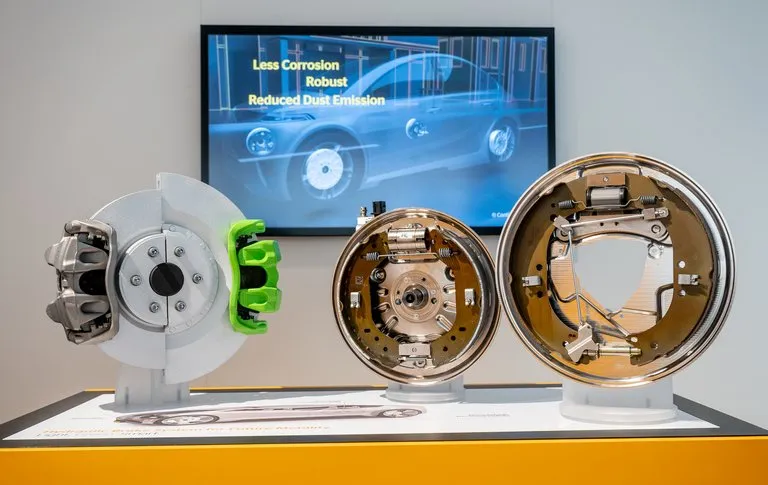
When you apply force on the brake pedal, the fluid in hydraulic lines will not compress, but it tends to transfer the force following Pascal’s law. It makes an ideal medium in the hydraulic braking system.
Types Of Hydraulic Brakes in Automobile Vehicles
There are two types of hydraulic brakes used in automobiles. They are:
- Drum Brakes
- Disc Brakes
Role & Working of Drum Hydraulic Brakes:
Drum hydraulic brakes are also known as internal expanding brakes. From the name, it is shown that there must be expansion occurring in it. When the brake shoes expand inside the drum, the brake applies to the vehicle. Drum hydraulic braking system consists of the following components:
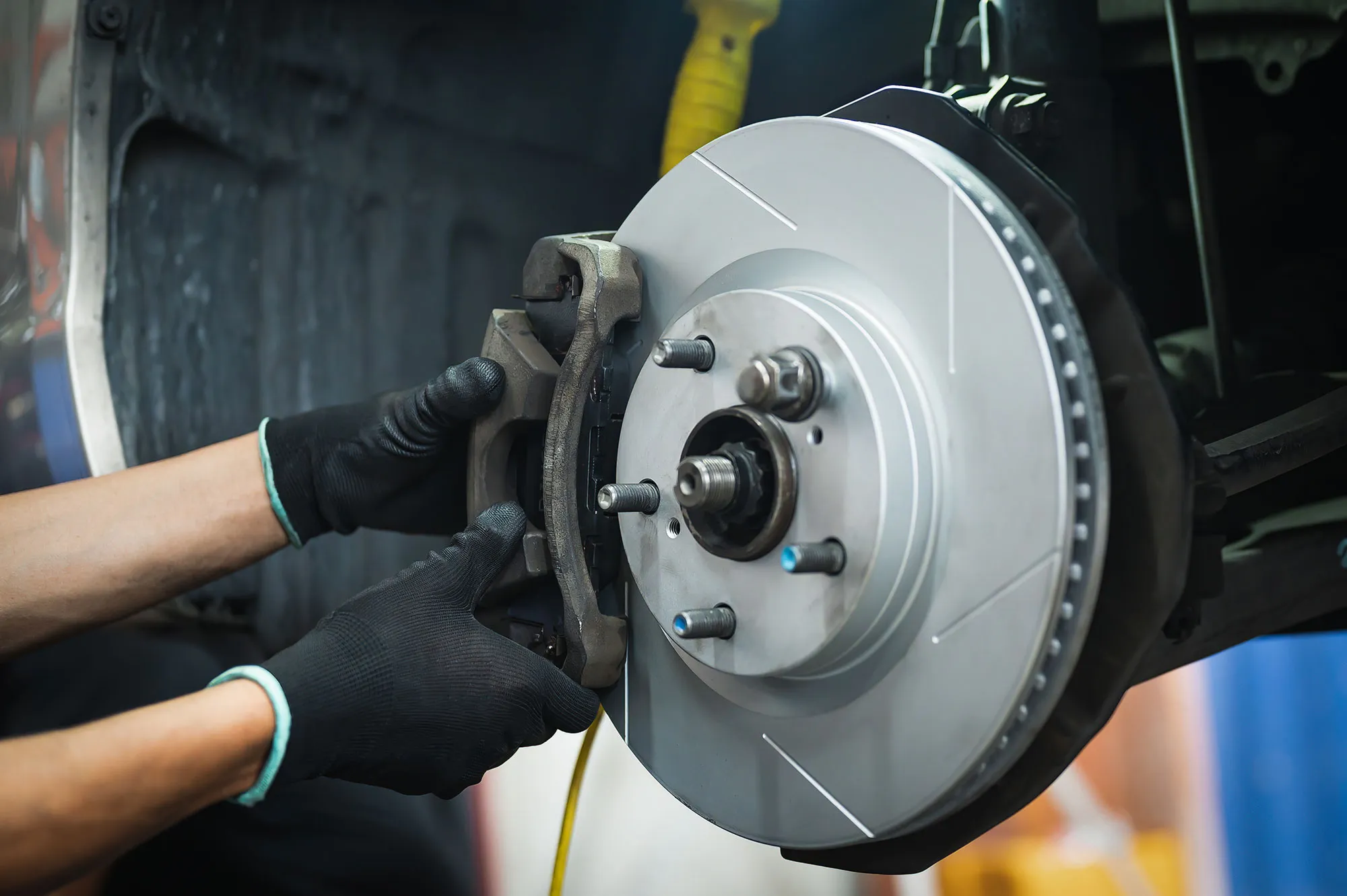
- Brake pedal/brake lever
- Push rod
- Servo
- Master cylinder
- Reservoir/ power supplier
- Hydraulic lines/pipe
- Wheel cylinder
- Brake drum
- Brake shoes
All these components work collaboratively to give a better riding experience.
Role & Working of Disc Hydraulic Brakes:
These brakes have a disk brake system instead of brake drums. It works by using the following components. They include:
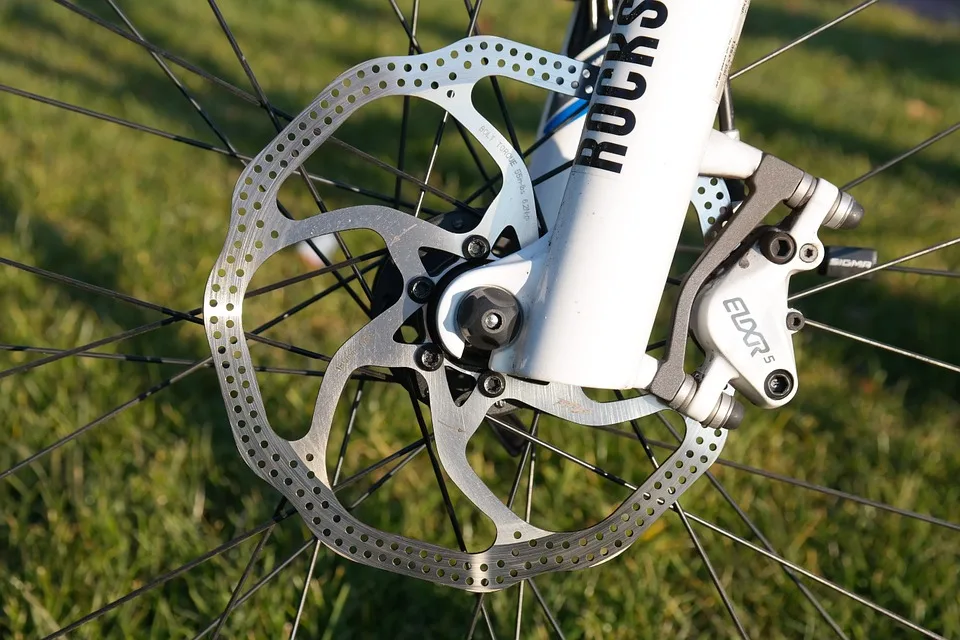
Related Post: How Long Do Electric Bike Motors Last? Complete Guide
1) Rotating Disc
The rotating disk attaches to the wheel hub. It operates by rotating between the calipers and plays the basic role of creating friction.
2) Caliper
The caliper has pistons on both sides. These pistons are sealed by one or more seated O-rings (which prevent leakage of the fluid). The brake is applied, pistons are pressed against the disk, and your vehicle stops.
Most people think, do hydraulic brakes have a pump? Hydraulic brakes are basic, requiring only a hydraulic pump and a brake actuator. Vehicle braking systems may function with only two cylinders, one at the pump and the other at the brake.
Advantages Of Hydraulic Brakes
- Quick in response
- Less wear and tear
- Little effort is required
- Distributes heat more evenly
- Long-lasting
- Resists compression in the braking system
- Minimal adjustments
- Closed circuit
Disadvantages Of Hydraulic Brakes
- If there is leakage in the brake system (possibility), the system can fail.
- Exposure to high temperatures can affect the properties of fluid.
- The pressure of air in brake lines affects braking action.
The brake lever, piston, reservoir, and brake line are in the bike handle. When the brake lever is pressed, the piston pushes the fluid from the reservoir to the brake line and goes toward the calliper. The brake pads stop the rotor, and the brake applies.
The pump is the main component of the hydraulic brake system in trailers. The pump sends a signal to the reservoir when the brake is pressed on the tow vehicle. It releases hydraulic fluid and moves this fluid toward the caliper. So, brake pads are activated, and the brake applies.
A dual hydraulic circuit in a vehicle brake system has two mutually independent piping systems. There is a valve for controlling the pressure levels of brake fluid. The master cylinder communicates with wheel cylinders on the right and left rear wheels.
Now you’ve got an idea of how do hydraulic brakes work. Hydraulic brakes in cars work by using various components, i.e., servo rotating disc, master cylinder, brake pedal, brake shoes, etc. They collectively make a complete brake system. The hydraulic brake system consists of two types.
The role and working of disk and drum brakes are quite different. In drum hydraulic brakes, the pressure is transferred to the brake shoes inside the drum that applies the brake. In disc hydraulic brakes, the pistons of the calliper press the rotating disk, and the brake is applied.
Conclusion

